This dressing to serve with grilled steak is prepared on a chopping board, while the steaks are cooking. It comes from a website called Certified Angus Beef and takes an ordinary steak to another level.
I have heard several well-known chefs say that steaks should be seasoned with salt and pepper a good hour before cooking. Since I adopted this advice I have found that it really does make a difference to the flavour of the meat. If you only have time to make it half an hour, so be it, anything is better than nothing.
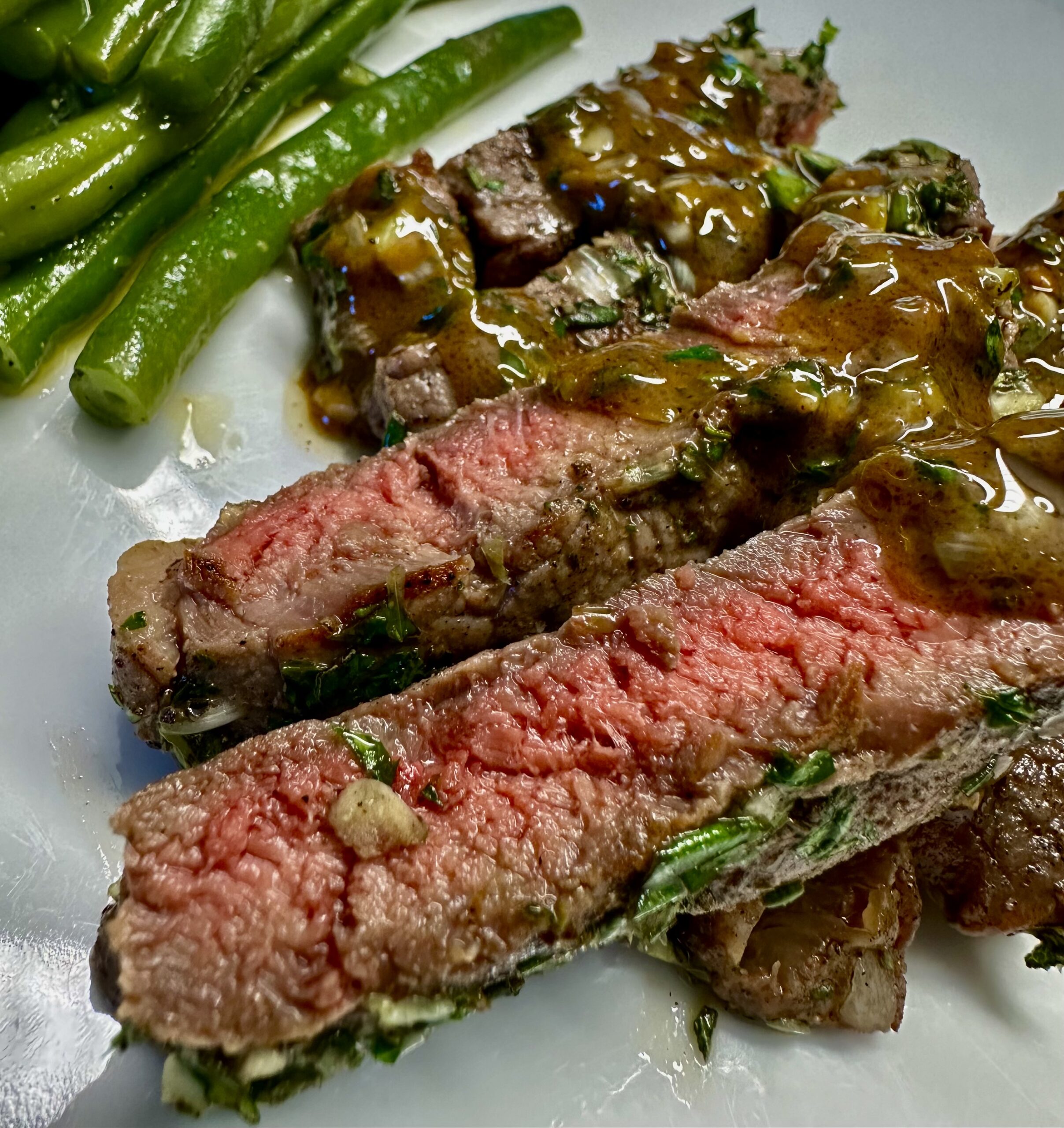
4 rib-eye steaks each weighing 200-250g
Salt and freshly ground black pepper, to taste
½ cup fresh parsley
8 sprigs fresh thyme, leaves only
2-3 leaves fresh sage
2 small sprigs fresh rosemary
2 cloves garlic
1 spring onion or shallot
3 Tbs olive oil
2 Tbs balsamic vinegar or glaze
2 tsp Dijon mustard
2 tsp soy sauce (optional)
Season steaks on both sides with salt and pepper at least an hour before cooking. Preheat grill or barbecue to medium high.
Place the herbs, garlic and spring onion or shallot on a chopping board and chop very finely, adding a little salt and pepper and one Tbs of the oil.
Cook steaks to desired doneness then place them on top of the herb mixture, turning to coat. Cover loosely with a piece of foil and leave for 5 minutes while you mix the sauce. In a small bowl mix the mustard, balsamic vinegar or glaze, soy sauce (if using) and 2 Tbs olive oil.
Slice steaks downwards, while they are on the herb mixture and arrange the meat on 4 serving plates or one large platter. Scrape the herbs and any pan drippings into the bowl with the dressing and whisk to combine. Spoon dressing over the steaks and serve.
Serves 4

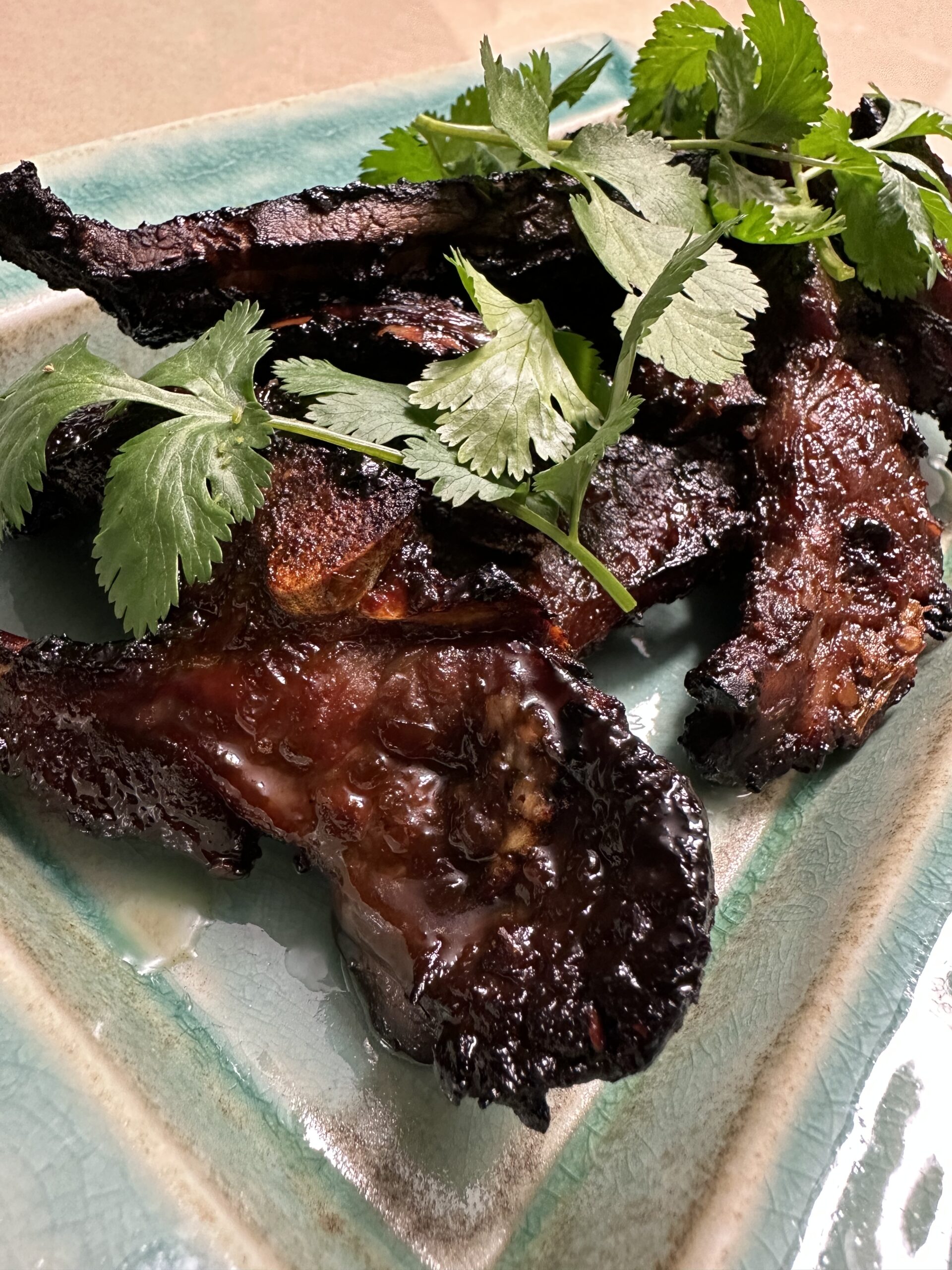
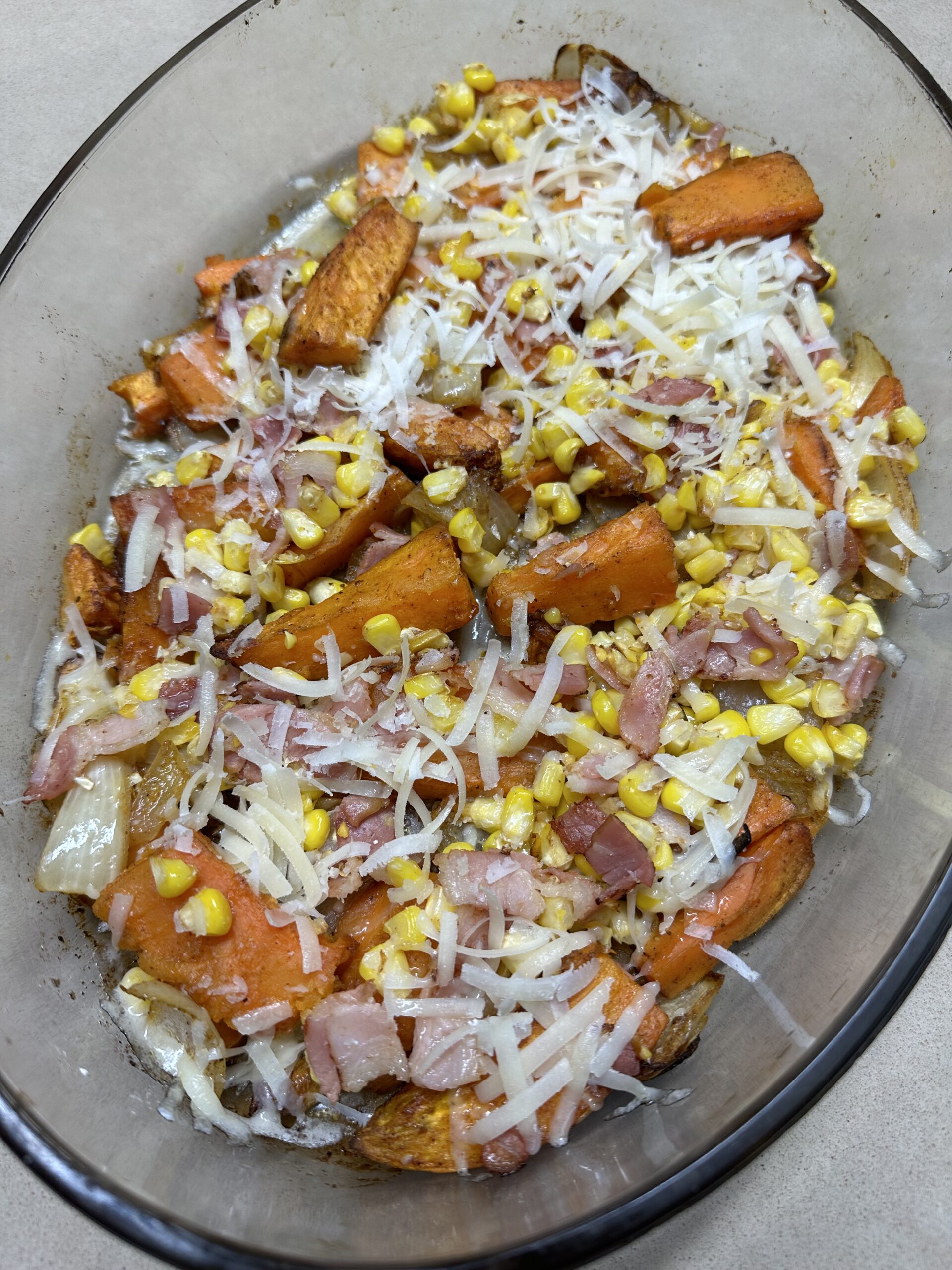
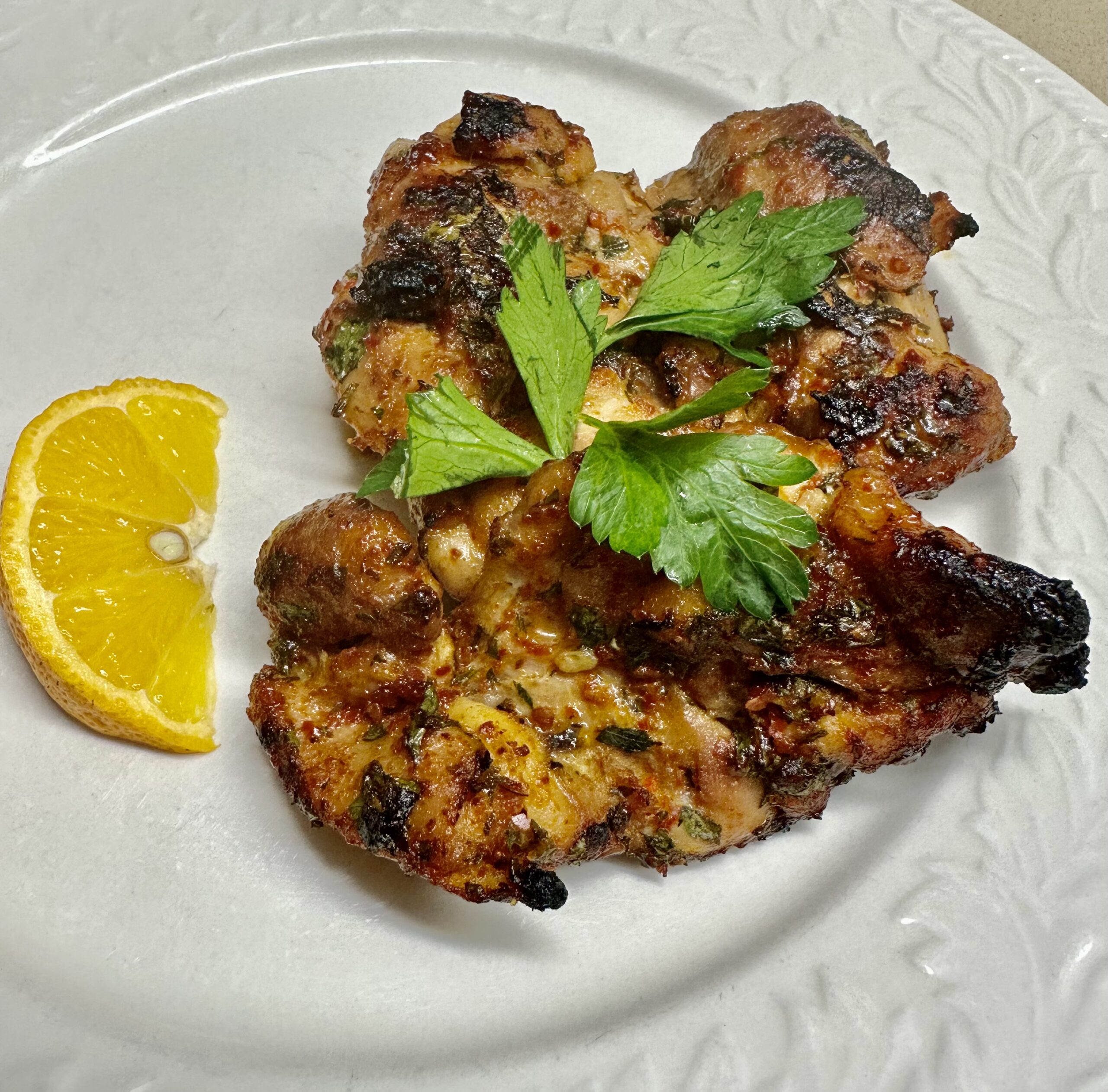

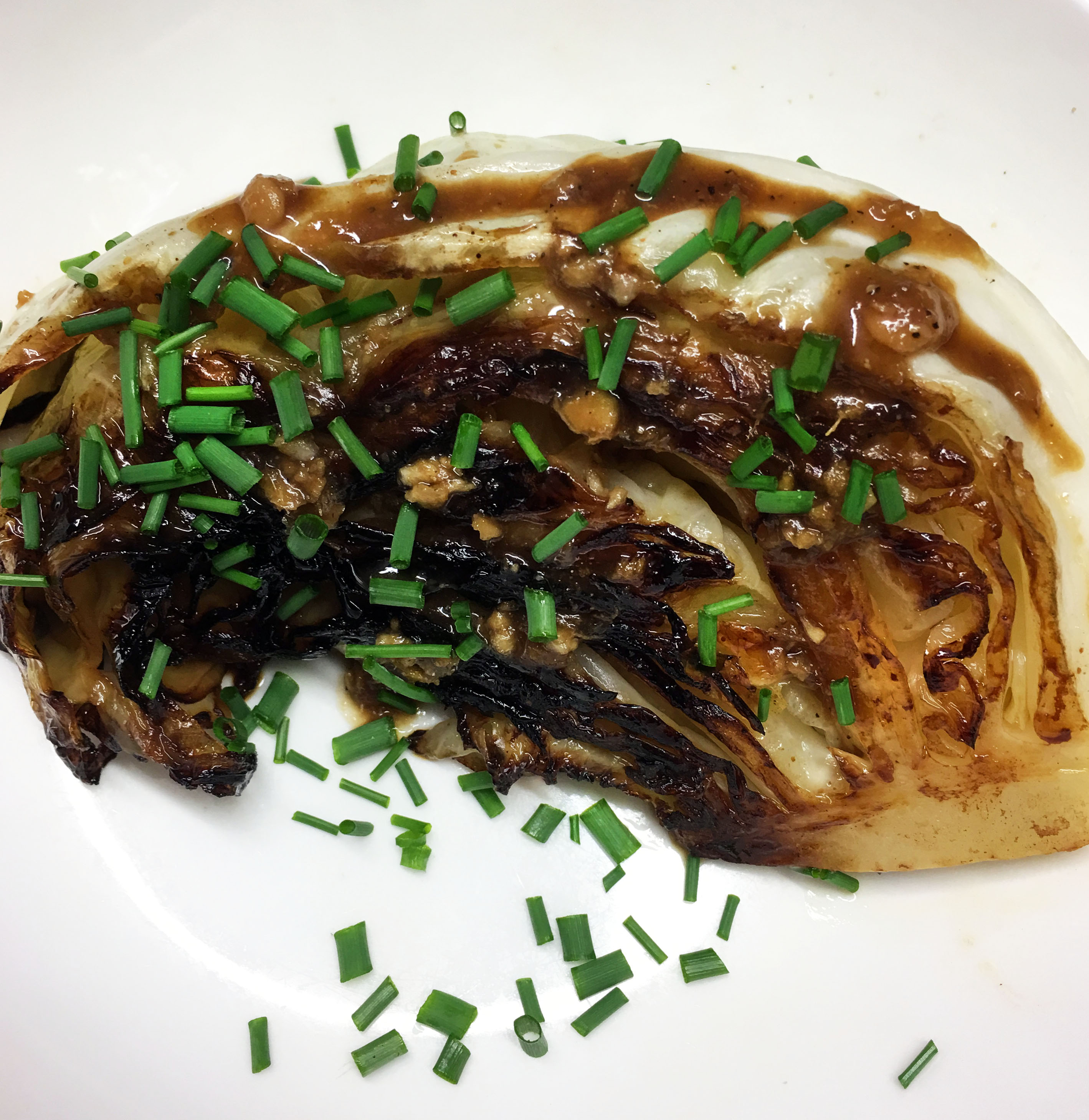





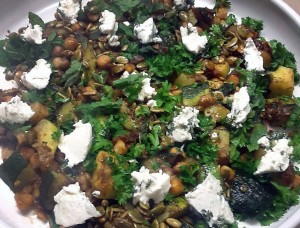 3 Tbs olive oil
3 Tbs olive oil